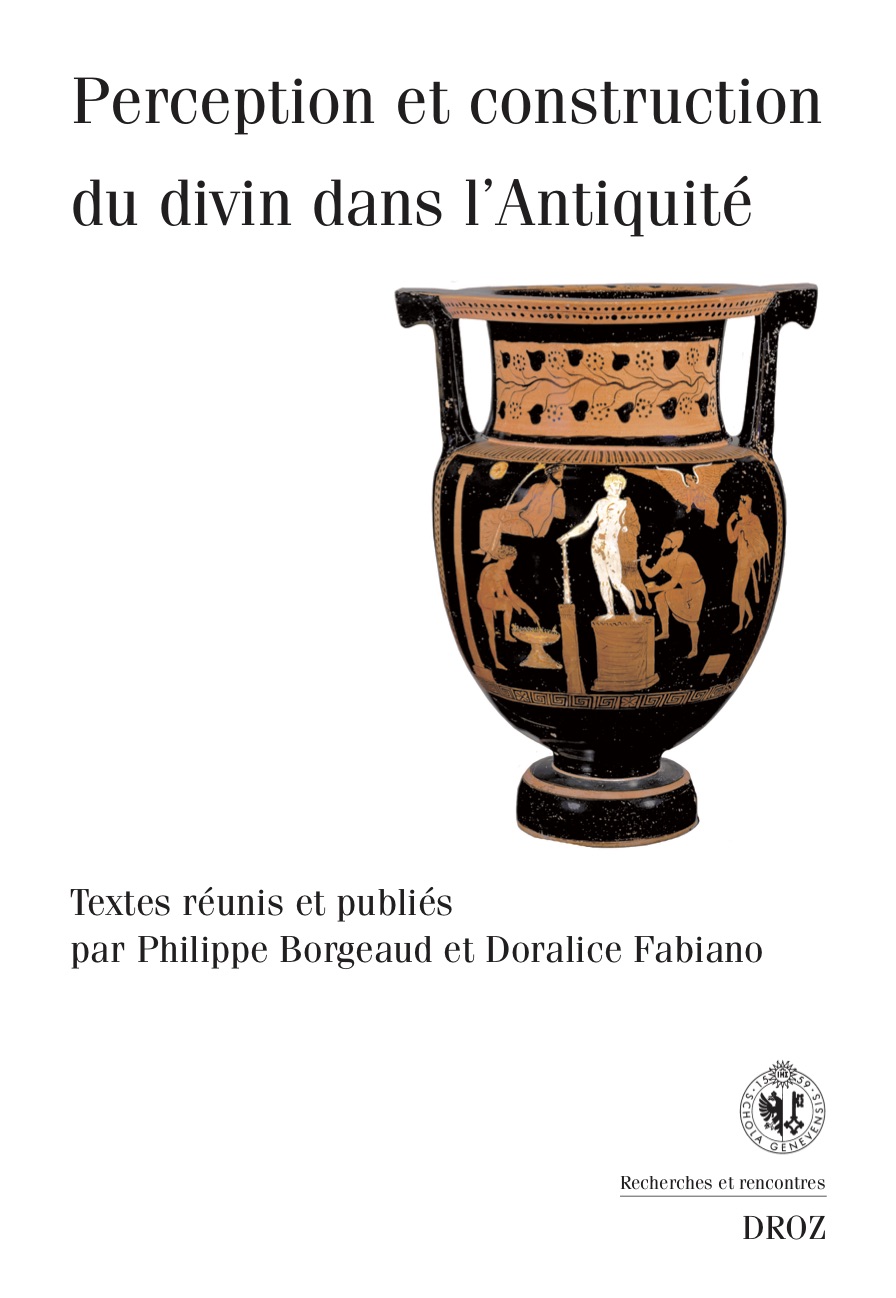Du corps humain au corps divin
L’apothéose dans l’imaginaire et les représentations figurées
Abstract
Hercules’ apotheosis, as well as that of Romulus, displays, both in texts and in images, the transformation of a human body into a divine body. These mythical deifications represents “theoretical” models, which cannot be applied to the imperial apotheosis, because the emperor’s body cannot completely disappear as in mythical accounts. Actually, the ossa, buried in the Mausoleum, coexist with the relatio inter divos of the emperor in a new, bodily form. The analysis of four apotheosis representations can help in clarifying the ritual and symbolic functioning of the funus publicum and his relationship with the consecratio decree promulgated by the Senate. In this context, the funeral pyre represents the pivotal point that enables the passage from one bodily identity to another, certified through the senatorial decree. These representations display a real body ascending the heaven moving from the funeral pyre: this way, they show the importance of the visual element in the rite of deification. Moreover, they point at the crucial relationship between, on the one hand, the new bodily identity of the divus and, on the other hand, his representations in the shape of a simulacrum, that are placed in the shrines dedicated to the emperor.
How to Cite
More Citation Formats
